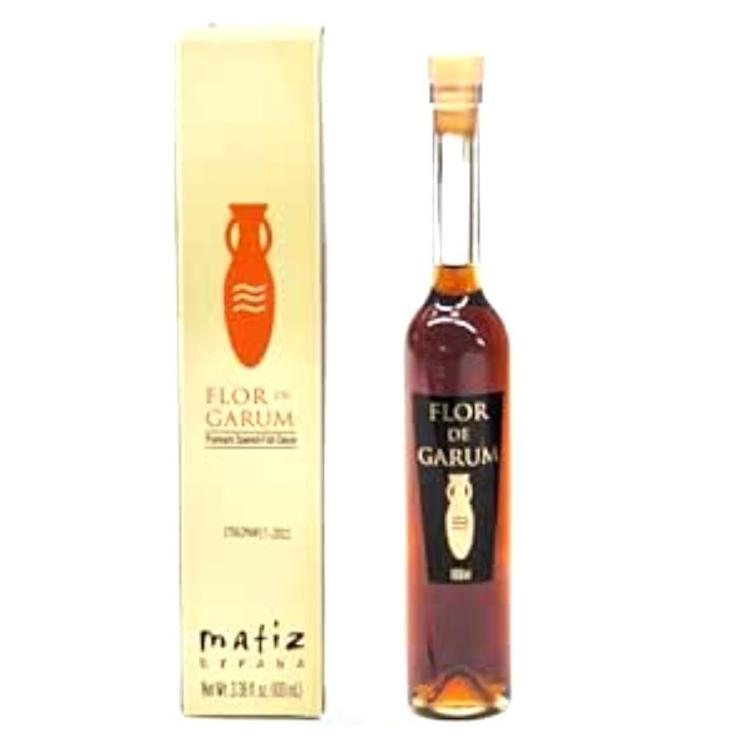Pliny the Elder - PD
Pliny the Elder (23-79 CE) is best known for his Natural History, an encyclopedia diplomatically described by Encyclopedia Brittanica as being "of uneven accuracy".
His name comes up in most accounts of garum as he was one of the first to describe it, saying
"Another liquid, too, of a very exquisite nature, is that known as "garuim:" it is prepared from the intestines of fish and various parts which would otherwise be thrown away, macerated in salt; so that it is, in fact, the result of their putrefaction. Garum was formerly prepared from a fish, called "garos" by the Greeks..."
What these accounts choose not to mention is that he was in fact writing a fantastical 'medical' treatise which makes TCM look sensible. Among other ailments, he recommended garum for 'bringing away the afterbirth' and praised its efficacious effects in the treatment of crocodile bites. To say he was an unreliable witness would be generous.
Garum's medical properties' reputation survived long after its culinary use was all but lost. A 1607 English document reads "Cure it by laying two linnen clothes, or by a pinte of the best Garum, and a pound of Oyle infused into the left nostril of the Mule."
More usefully, he mentions several places involved in the production of garum in Italy but also further away in the Empire, including Spain, which was considered to produce some of the highest quality garum, capable of attracting huge prices.
In recent years, attempts have started to revive the industry.
Spanish company Matiz of Andalusia is producing Flor de Garum (literally Flower of Garum), a premium fish sauce they claim to be made to a 3rd century recipe discovered in an unidentified European abbey.
Made using anchovies and salt it is also spiced. It, like ancient garum, is less heavily salted (15% salt to fish compared with up to 50% in Asian sauces).
This results in a finer, more complex flavour while retaining its umami. It is recommended for "in salad dressings, marinades, pasta dishes, or add a splash to finished dishes". It can also be incorporated in dips with garlic, vinegar and chilli.
Available through Amazon and elsewhere.



